Solutions to problems with Windows 10 update
Operating system updates are necessary to keep it in optimal condition for comfortable work. In Windows 10, the update process itself requires virtually no user interaction. All important changes in the system that relate to safety or ease of use take place without the direct participation of the user. But there is a possibility of problems occurring in any process, and Windows updating is no exception. In this case, human intervention will be necessary.
Problems updating the Windows 10 operating system
A variety of problems may arise when installing updates. Some of them will be expressed in the fact that the system will immediately require updating again. In other situations, the error will interrupt the current update process or prevent it from starting. In addition, an interrupted update may even lead to undesirable consequences and require a system rollback. If your update doesn't complete, do the following:
And now that your system is safe, it’s worth finding out what was causing the problems and trying to correct the situation.
Update unavailable due to antivirus or firewall
Any installed antivirus, if configured incorrectly, can block the Windows update process. The easiest way to check is to simply disable this antivirus while checking. The process of disabling it depends on your antivirus program, but it is usually not difficult.
Almost any antivirus can be disabled via the tray menu
Disabling the firewall is another matter entirely. Of course, you shouldn’t disable it forever, but you may need to pause it to install the update correctly. To do this, do the following:
- Press Win+X to open the Quick Access Toolbar. There, find and open the “Control Panel” item.
Select Control Panel from the Quick Access Menu
- Among other Control Panel items is “Windows Firewall”. Click on it to open its settings.
Open Windows Firewall in Control Panel
- On the left side of the window there will be various settings for this service, including the ability to disable it. Select it.
Select "Turn Windows Firewall on or off" in its settings
- In each section, set “Disable Firewall” and confirm the changes.
For each network type, set the radio button to "Disable Firewall"
After disconnecting, try updating Windows 10 again. If it is successful, it means that the reason was indeed the restriction of network access for the update program.
Unable to install update due to lack of space
The update files must be downloaded to your computer before installation. Therefore, you should never fill your hard drive space to capacity. If the update was not downloaded due to lack of space, you need to free up space on your drive:
- First of all, open the Start menu. There is a gear icon there that you need to click on.
From the Start menu, select the gear symbol
- Then go to the "System" section.
In Windows Settings, open the System section
- There, open the “Storage” tab. In "Storage" you can track how much space you have free on which disk partition. Select the partition on which you have Windows installed, because this is where updates will be installed.
Go to the “Storage” tab in the system partition
- You will receive detailed information about what exactly is occupied by the space on your hard drive. Review this information and scroll down the page.
You can explore what your hard drive is doing through Storage
- Temporary files can take up a lot of space and can be deleted directly from this menu. Select this section and click "Delete temporary files."
Find the “Temporary files” section and delete them from “Storage”
- Most likely, most of your space is taken up by programs or games. To remove them, select the “Programs and Features” section in the Windows 10 Control Panel.
Select Programs and Features from Control Panel
- Here you can select all the programs you do not need and remove them, thereby freeing up space for updating.
Using the Uninstall or Change Programs utility, you can remove unnecessary applications
Even a major Windows 10 update shouldn't require too much free space. Nevertheless, for the correct operation of all system programs, it is advisable to leave at least twenty gigabytes free on a hard or solid-state drive.
Video: instructions for cleaning up space on your hard drive
Windows 10 updates won't install
It's good if the cause of the problem is known. But what if the update downloads successfully but fails to install without any errors. Or even the download does not go well, but the reasons are also unclear. In this case, you should use one of the methods to correct such problems.
Fixing problems with updating through the official utility
Microsoft has developed a special program for one task - fixing any problems with Windows updates. Of course, this method cannot be called completely universal, but the utility can really help you in many cases.
To use it, do the following:
- Open the Control Panel again and select the “Troubleshooting” section there.
Open Troubleshooting in Control Panel
- At the very bottom of this section you will find the option “Troubleshooting problems using Windows Update.” Click on it with the left mouse button.
At the bottom of the Troubleshoot window, select Troubleshoot using Windows Update
- The program itself will start. Go to the "Advanced" tab to make some settings.
Click on the "Advanced" button on the first screen of the program
- You should definitely choose to run with administrator rights. Without this, such a check will most likely be of no use.
Select "Run as administrator"
- And then press the “Next” button in the previous menu.
- The program will automatically search for certain problems in Windows Update. The user is only required to confirm their correction in the event that a problem is actually discovered.
Wait until the program detects certain problems
- Once the diagnostics and corrections are completed, you will receive detailed statistics about the corrected errors in a separate window. You can close this window and after restarting the computer, try to update again.
You can review the fixed issues in the diagnostic completion window
Manually downloading Windows 10 updates
If all your problems are related exclusively to Windows Update, then you can download the update you need yourself. There is an official update catalog specifically for this opportunity, from where you can download them:
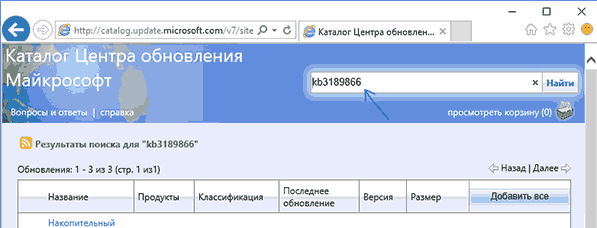
Make sure updates are enabled on your computer
Sometimes a situation may arise that there are no problems. It's just that your computer is not configured to automatically receive updates. Check it:
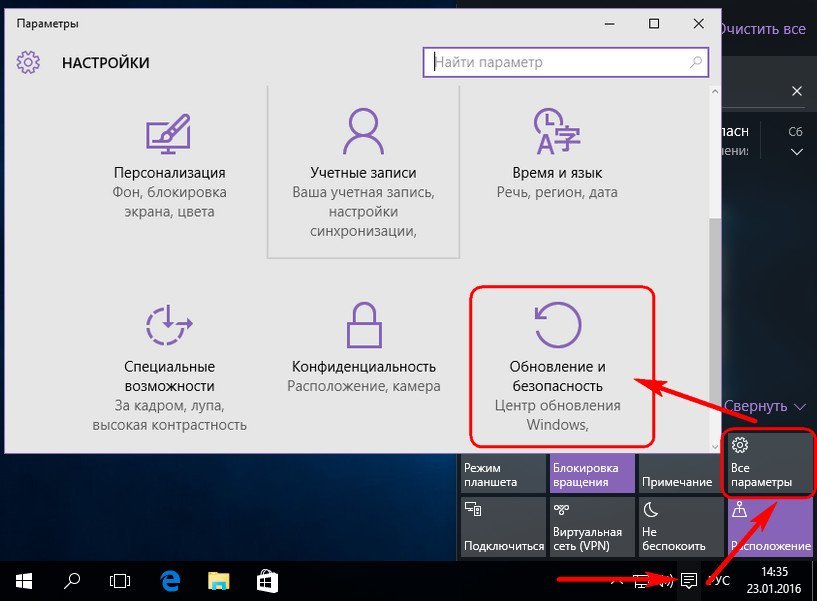
Windows update version kb3213986 is not installed
Cumulative update package version kb3213986 was released in January of this year. It includes many fixes, such as:
- fixes problems connecting multiple devices to one computer;
- improves the background operation of system applications;
- eliminates many Internet problems, in particular problems with the Microsoft Edge and Microsoft Explorer browsers;
- many other fixes that improve system stability and fix bugs.
And, unfortunately, errors may also occur when installing this update package. First of all, if the installation is unsuccessful, Microsoft experts advise deleting all temporary update files and downloading them again. This is done as follows:
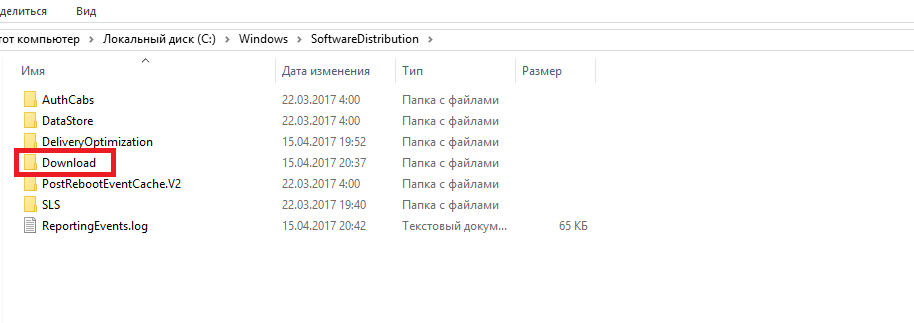
Another cause of problems with this update is outdated drivers. For example, an old driver for a motherboard or other hardware. To check this, you should open the “Device Manager” utility:
- To open it, you can use the Win+R key combination and enter the command devmgtmt.msc. After that, confirm the entry and the device manager will open.
Select to automatically search for updated drivers in the next window
- If a newer version is found for the driver, it will be installed. Repeat this process for each of your system devices.
After all this, try installing the update again, and if the problem was in the drivers, then you will no longer encounter this update error.
Problems with March Windows updates
March 2017 also saw some issues with updates. And if you can't install some of the versions now, check to see if they were released in March. Thus, the update to version KB4013429 may not be installed at all, and some other versions will cause errors in the operation of the browser or video playback programs. In the worst case scenario, these updates can cause serious problems with your computer.
If this happens, then you need to restore the computer. It's not that hard to do:
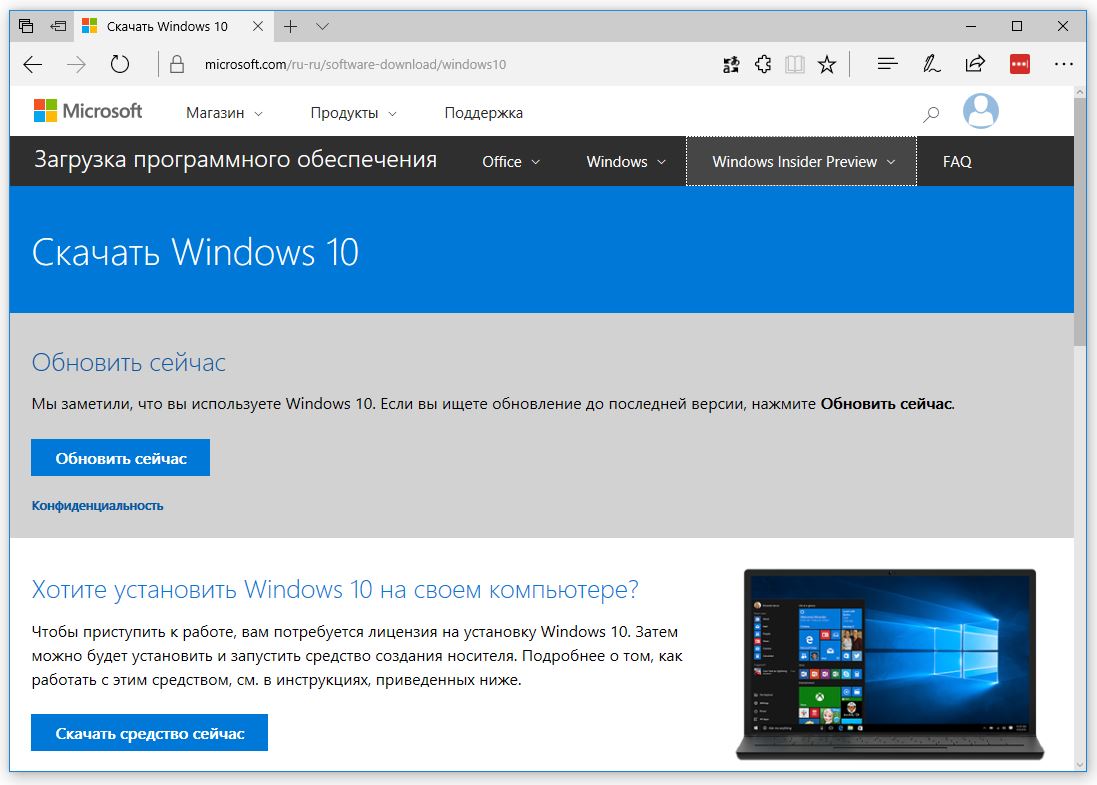
Your best bet is to simply not install unstable builds. There are now many versions of Windows that do not contain critical errors, and the likelihood of problems occurring during their installation is much less.
Video: Fixing various Windows 10 update errors
How to avoid problems when installing a Windows update
If you encounter problems updating frequently, then you may be doing something wrong yourself. Make sure to avoid common Windows 10 upgrade pitfalls:

Usually the cause of the problem is on the user's side. By following these simple tips, you can avoid critical situations with new Windows updates.
The Windows 10 operating system has stopped updating
After some errors appear in the update center, the operating system may refuse to update again. This means that even if you fix the cause of the problem, you will not be able to update again.
Sometimes the update error appears over and over again, preventing you from installing it
In this case, you need to use diagnostics and system file recovery. You can do this as follows:
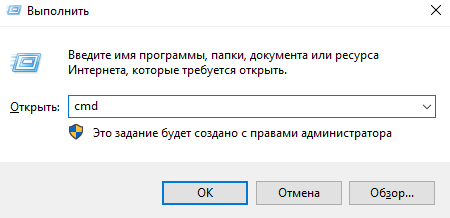
Video: What to do if Windows 10 updates won't download
Windows 10 updates often contain important security changes for this system. Therefore, it is important to know how to install them if the automatic method fails. Knowing different ways to fix an update error will be useful to the user sooner or later. And even though Microsoft tries to make new builds of the operating system as stable as possible, the likelihood of errors remains, and accordingly, you need to know how to solve them.







